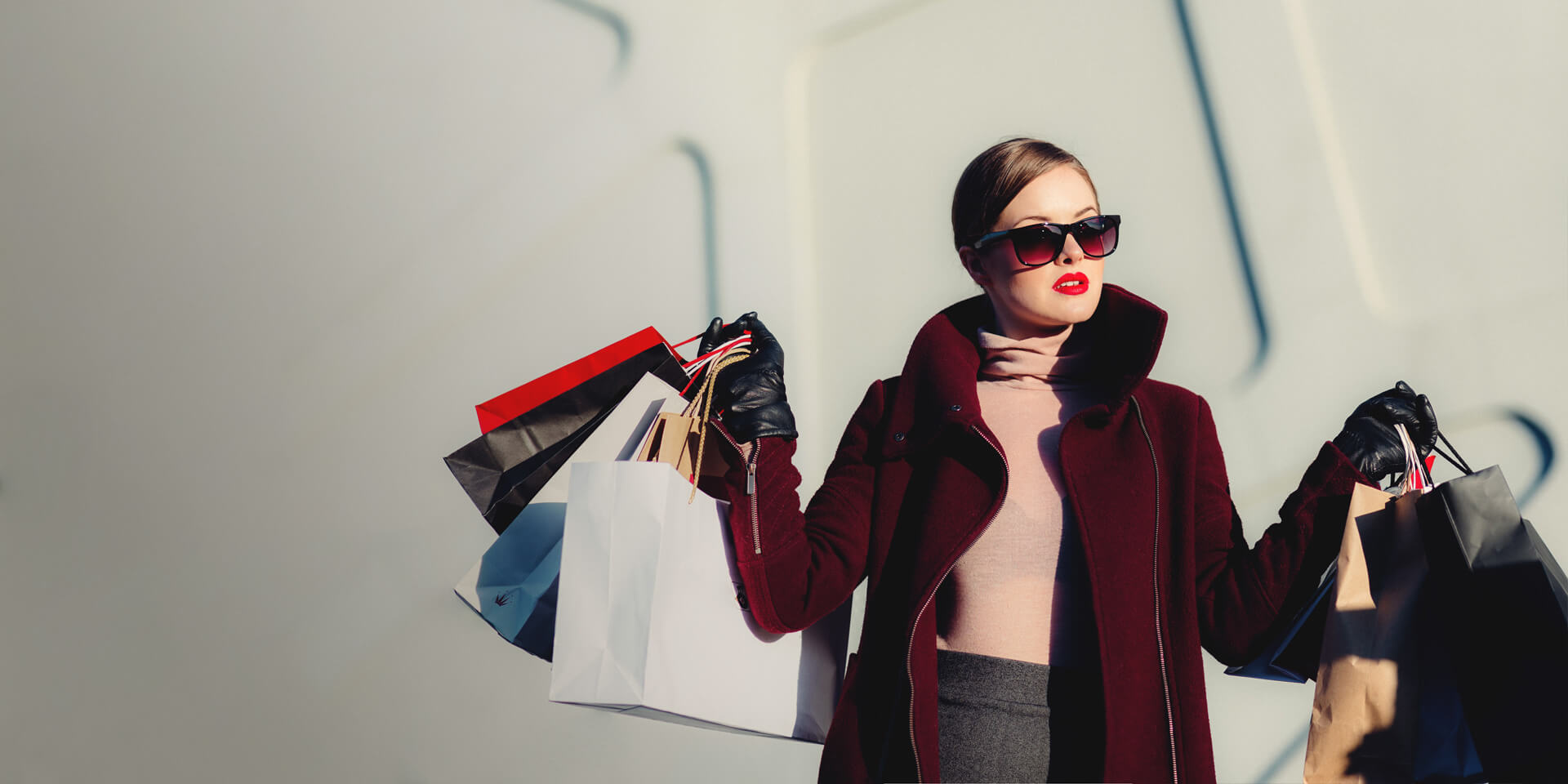Augmented Reality for delivering a customer-first experience in the fashion industry
In the years to come, AR will impact all industries on the market. What I believe is that the fashion industry is the first to see the massive shift and is beginning to deliver the customer-first experience that will soon change our approach to shopping.
“Augmented reality is going to change the way that the fashion industry creates, showcases and retails its products. The year ahead will see an explosion in opportunities for this immersive technology to totally redefine what we understand as fashion today,” said Matt Drinkwater, head of the Fashion Innovation Agency.
Main trends of AR for the fashion industry
Filters (just like Instagram’s or Messenger’s) were one of the first AR functionalities that users loved. It has been proven that AR is there, in general, to help customers feel better already. Therefore, it’s an obvious way for me to dig into AR with that particular industry – isn’t fashion about making people feel good and happy?
What we’ve already seen are three main trends in the fashion market which I’d like to discuss:
- Try before you buy – where retailers are basically closing the gap between online and offline channels – a customer can try on the product on the screen and see how it looks on him or her, or how makeup suits them, etc.
- Enhancing an in-store experience – where brands are adding AR to drive traffic into the brick-and-mortar store and encourage people to visit physical stores more and more – an idea to prove that offline stores are not dead yet.
- Engagement in social life – where brands can create outstanding brand awareness and include some specific edge-cases of their own identity.
These trends are crucial, especially for younger generations like Millennials or even more so for post-millennials (aka Generation Z/@), who present entirely new user behaviours. Raised hand-in-hand with technology fitted to their needs, they expect different and hyper-personalized things from brands.
Some savvy brands are starting to notice it, and are using AR to improve marketing campaigns and enable businesses to deliver a customer-first experience, in real-time, in the way their products are meant to be presented.
Augmented reality benefits for the fashion industry
You’ve seen some excellent use-cases of augmented reality in fashion, but let’s engage our imagination a bit further to think about some not so obvious benefits, with edge-cases as well:
- While renting a store on 5th Avenue in NYC or Champs-Elysées in Paris may be way beyond your budget, you can create an AR campaign in that particular area.
- While selling to customers that are geographically isolated, you can carry out a marketing campaign using so-called “markers” to enrich offline marketing and widen your target group by doing so.
- While partnering at some events or music festivals like Coachella or Open’er, you can create special buy-only-here-and-now promotions and collections that’ll be buyable only from devices at some range from your “spot”.
- While millions of dollars of unwanted clothing are being returned by customers every year, followed by a BBC article that says “Researchers who questioned over 1,000 online shoppers found women’s clothing had been returned by 63% of them”, you can significantly reduce returns of clothes bought online by providing a try-on experience.
Implementing augmented reality in eCommerce
Both Google and Apple have seen that this trend is already happening, and, while AR has been around for many years, it may shoot up the adoption curve due to the rising popularity of Apple’s ARKit and Google’s ARCore.
Although we’ve already seen a lot of AR implementations inside native apps and wearables, we have strong foundations to believe (thinking about popularity and accessibility of Progressive Web Apps) that Augmented Reality is going to be a part of the daily web experience.
Just take look at Google’s WebXR, which pushes more and more new methods to help immersive web code place objects in the real world. By connecting it with PWAs (via Vue Storefront for example), you can already use really cool features that were previously reserved for the native app only. Social sharing is only one of them:
Just imagine the power of web reach and feasibility of PWA’s combined with the power of hyper-personalized content and a try-on experience.
While that may have previously been enough for brands to represent the desired lifestyle, now they will be forced to meet expectations of one’s current lifestyle. That’s the future we’re just about to enter. There are no doubt’s that the industry is starting to solve real problems in fashion with technology, rather than treating it as a gimmick.




Comments
Post a Comment